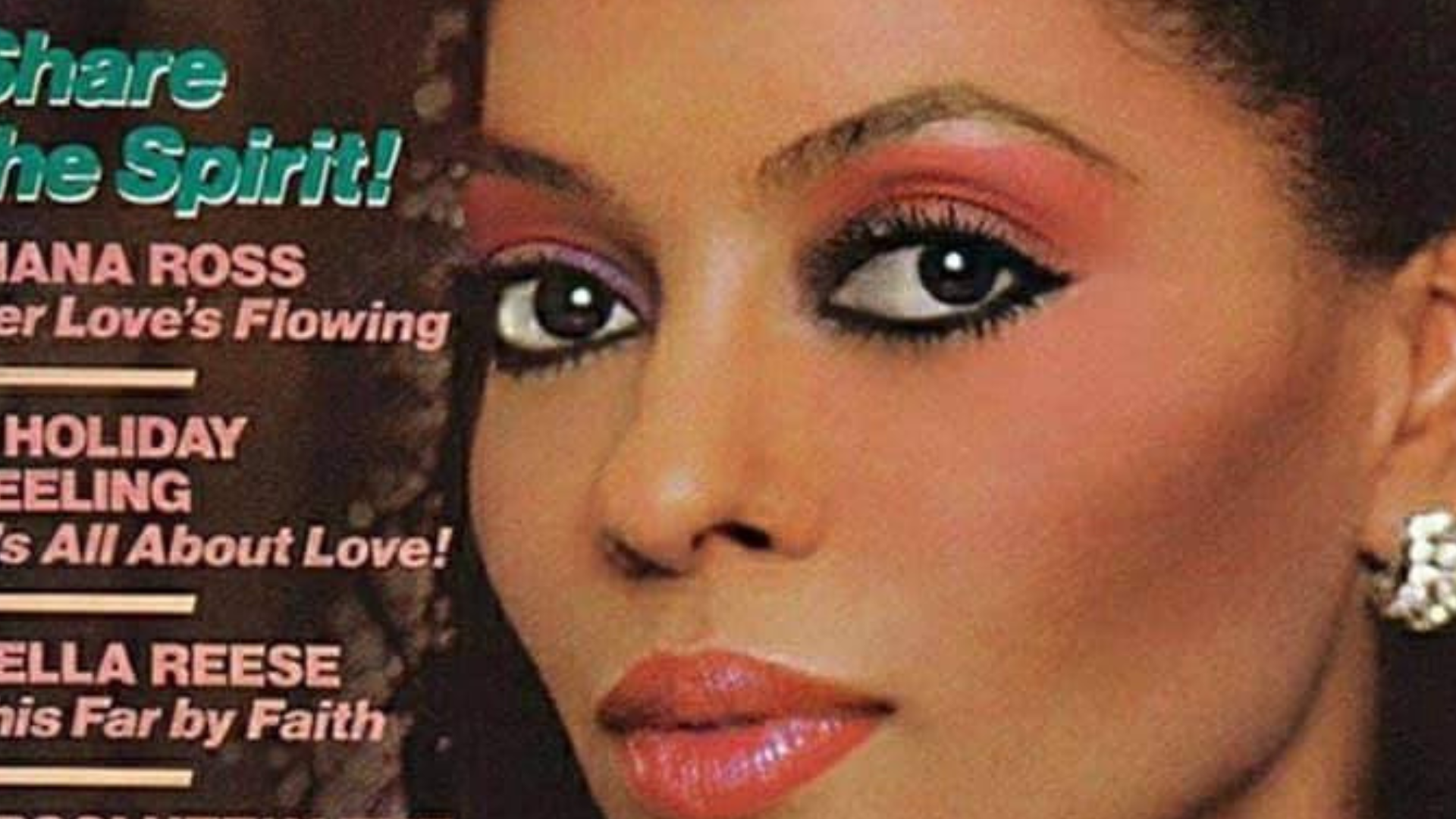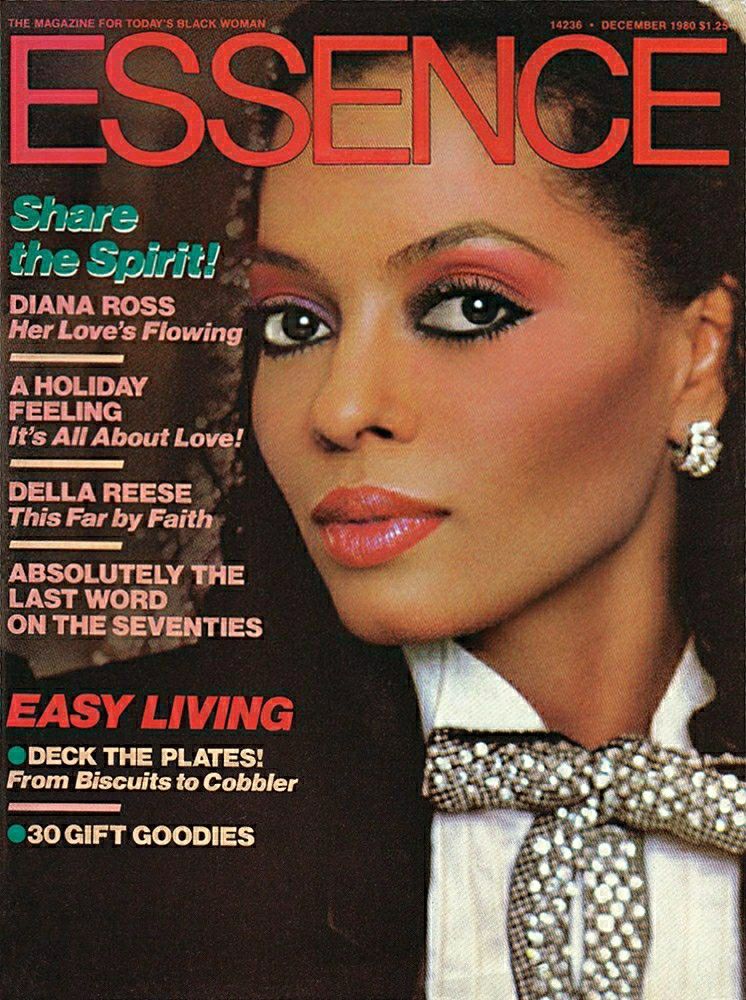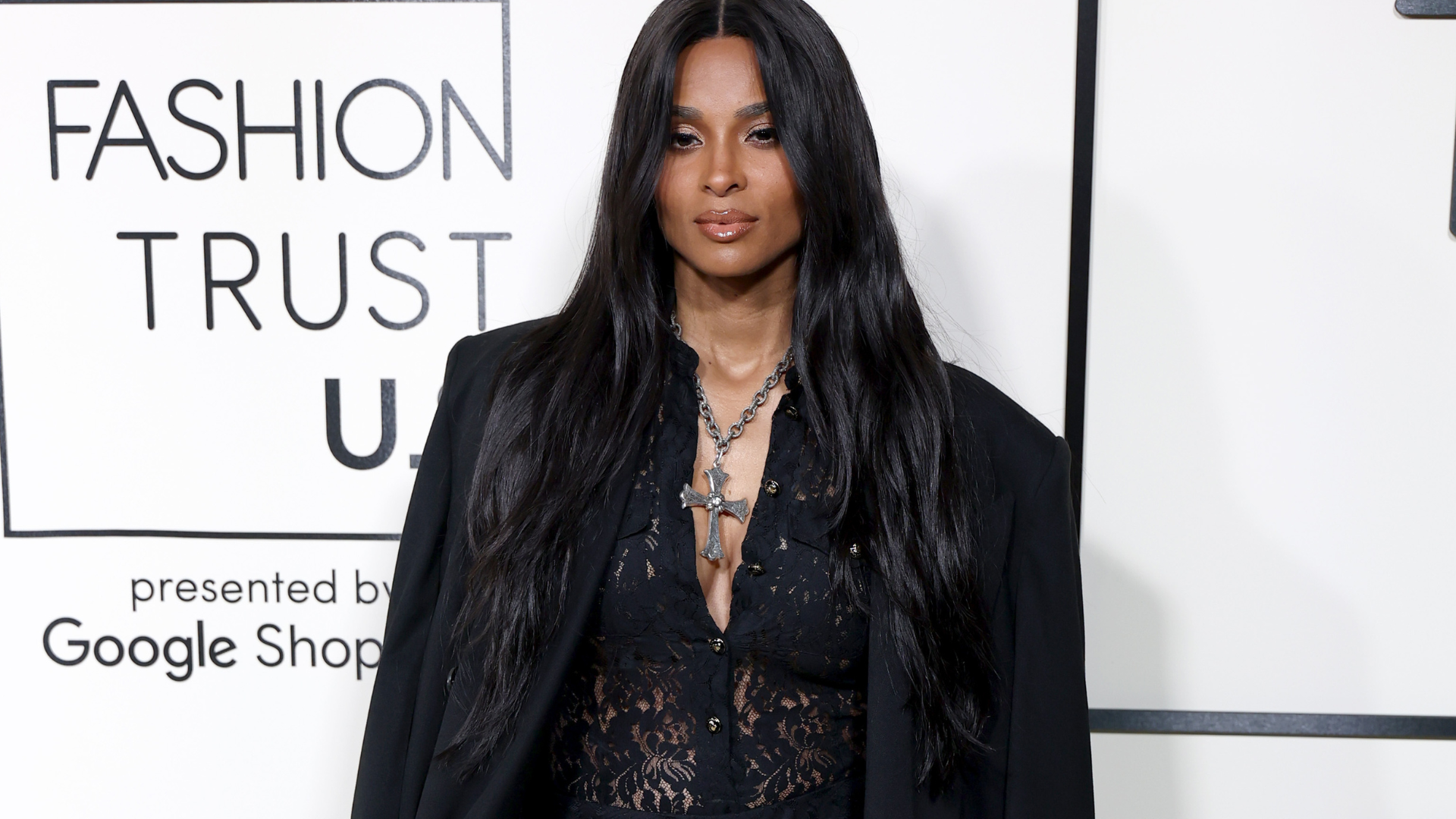
In today’s digital age, archival imagery has become a permanent fixture. Whether you’re scrolling through Instagram or X, formerly known as Twitter, it’s hard to ignore images from past fashion spreads, album covers, or screenshots of television shows. Although this inundation of visuals can be overwhelming at times, I must admit that I thoroughly enjoy the current trend of this visual obsession. Currently, numerous social media accounts are dedicated to showcasing culturally relevant photography from the past that resonates with the present. Some notable accounts include @gabrielheldvintage by Gabriel Held, a stylist and creative director in New York City, and @nygelsartorial, a bespoke page by Miami-based Nygel Simons, an archivist. Serena Morris, an archivist in Los Angeles, also runs the page @shes__underrated. But what’s the “je nais sais quoi” lurking beneath these pages?

In my opinion, the appeal of these accounts and countless others is the Tumblr-ification of how we digest media. To put it, we figuratively eat media in little chunks or large swallows; one’s appetite depends on one’s interests. For instance, if you’re chronically online like me, you’re constantly searching for imagery, quotes, stories, etc. that you resonate with. Or, perhaps you’re someone who never seeks out things? This method is another way that archival imagery could come across to you. You might be browsing for political news or something to boost your mood, and then stumble upon an old scene from Sex and the City showing Carrie Bradshaw in a Chanel runway top from the 1990s. This recently happened to me a few days ago while I was just scrolling. I don’t remember the exact account, but the “For You” feed often suggests this type of content for me.
So, the Tumblr-ification of images, photography, and photo shoots of the aughts all led us here. Years back, Tumblr was a go-to site that fostered the now buzzword community–but it also was a hodge podge platform where you could see images from the 1990s and 2000s and showcase your personal style. However, today, Tumblr has a different feel. I rarely visit the site and can’t even remember my password. It seems like many former users have shifted to Instagram and other platforms to share archival images they’ve come across or own.
I was drawn to Gabriel Held’s account because of his sharing of vintage photos and dramatized imagery that highlights women he feels are worthy of highlighting. Held is a stylist, vintage connoisseur, and dealer based in New York City. His archive features Versace, Lacroix, and Dior. SSENSE has declared that his archive is an ode to fashion’s recent history.
On his Instagram page, you’ll find celebrities like Vivica A. Fox, and rap icon Lil’ Kim, among others. Held’s posts often feature unique and striking images that capture attention. I like engaging with his posts because one day he might share a photo of a vibrant, orange-haired Lil’ Kim from a magazine spread or confidently posing in memorable looks. In other instances, he might post a stunning picture of Devin Aoki in a sheer, golden dress. To put it aptly, Held has the archival imagery game on lock. The appeal of his take on this genre of imagery is quite clear, it showcases his taste level and attraction to beautiful clothing, garments, and figures who deserve their flowers.
“It’s definitely my bread and butter,” Held shared in an SSENSE interview on his Instagram account. “I’ve always carried around clippings and saved images and stuff, so it’s a platform that I took to like a duck to water.”
Over a year ago, Nygel Simons, a New York native, told me that his dedicated Instagram account highlighted fashion through the lens of music. But, in my eyes, his page does so much more, it provides a much-needed fixation on definitive eras of fashion, the 1990s, and 2000s via the talented teams that created iconic images we look to even now. Simons frequently shares images from VIBE’s beloved heyday in the 2000s, featuring reverent posts that highlight female rap icons like Lil’ Kim and Foxy Brown.
But perhaps what is most compelling about Simons’s dedication to these moments is when he digs up shots of unsung heroes in fashion, like the former rapper Eve. In a recent post, the archivist shared a 2002 Interview magazine profile spread featuring the artist, who hails from Philadelphia. In the photographs taken by David LaChapelle, Eve donned a teal bustier and other 2000s trends, including graffiti by House of Field.
In the caption he wrote that this is one of his favorite LaChapelle shoots ever. “I love LaChapelle’s obscure method of storytelling through his shoots that are executed in an elevated fashion that still [resonates] with the subject’s brand,” he added. To relate it to the present Simons noted that this shoot is similar to Ice Spice’s ongoing Y2K aesthetic. This notion highlights how Simons is often enmeshing vintage images with omnipresent motifs that are currently in the fashion and cultural lexicons such as the use of 2000s imagery that many female rappers are leaning into.
Rare shots of designer collections by Emanuel Ungaro and shots by Mademoiselle magazine are the mainstays of Serena Morris’s Instagram account. Morris pinpoints stylish figures she feels are a bit under the radar hence her page’s name. Figures of the aughts including designer Lamine Kouyaté receive breakdowns and proof of their pioneering works or contribution to the fashion industry at large on @shes__underrated. In a caption, she shared accompanying past images of Lamine’s previous runway shows she wrote: “His love for rock, punk, grunge and funk music made XULY.bët one of the most influential “underground” labels. Andre León Talley praised the label during his fashion editorial days citing the brand as ahead of its time.”
Morris’s keen eye and her love for Y2K figures in addition to the fashion figures from this era and eras that precede this are what make her stand out on Instagram. What’s particularly compelling about her too is a recurring series where she even highlights DJs like Kitty Say Word, a plus-size fashion specialist, a community organizer, Hike Clerb founder Evelynn Escobar, and others who are interesting figures. By providing this juxtaposition with archival imagery Serena showcases a throughline that is easy to spot: the past bleeds into the current overflow of “It Girls.”
I don’t mind the flood of old photos I’ve been seeing lately, but if you’re getting tired of it, try following accounts that you can relate to. If you’re not into fashion, maybe you could find an architecture account that you enjoy looking at late at night when you’re mindlessly scrolling. Another idea: look up topics you loved as a kid, like cooking or typography. If you’re interested in typography, try following modern multidisciplinary agencies like Pentagram. Whatever you choose, don’t avoid the current moment – instead, embrace it, just like I’m doing.





